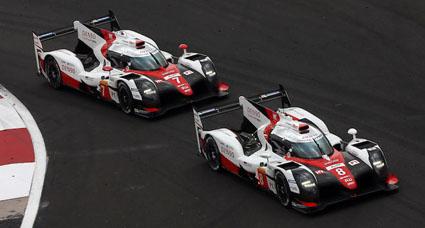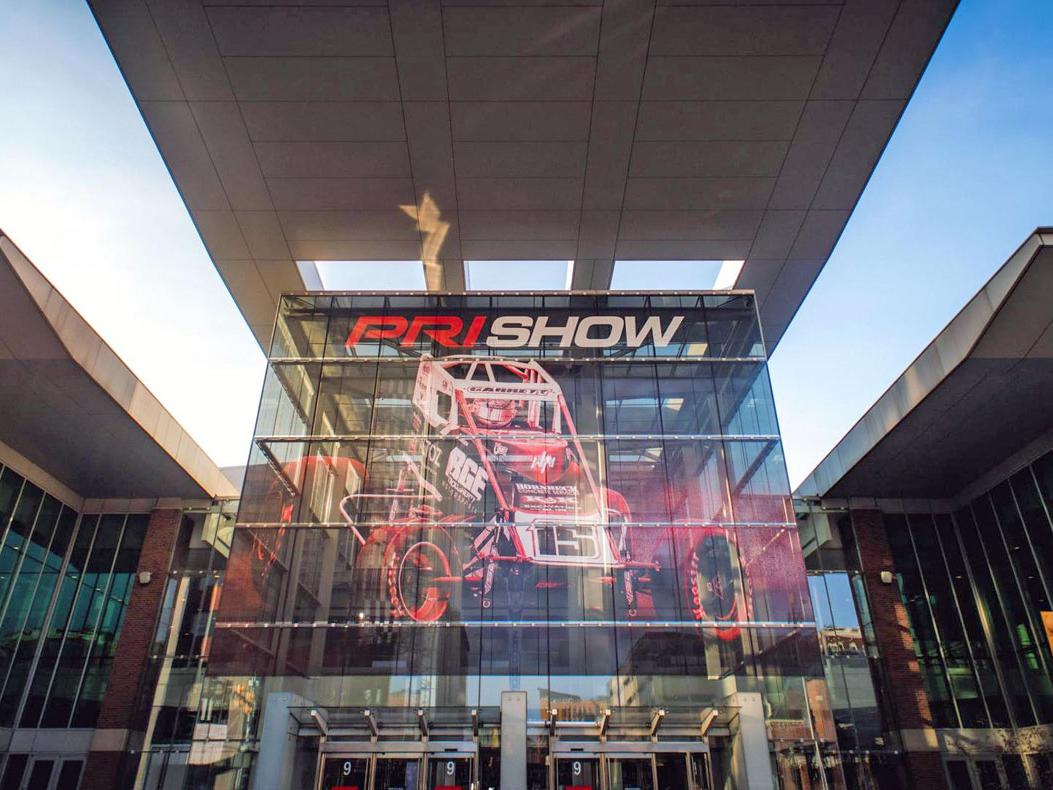Navigating The LMP1 Rule Changes
Image

When the FIA and ACO announced major changes to the FIA WEC calendar last week, it also revealed a renewed direction that the LMP1 division will take until 2020.
Despite speculation as to whether the IMSA DPi formula would come into play, LMP1 hybrids and non-hybrids will form a single LMP1 division that allows for manufacturer involvement in either camp.
Additionally, the parameters for LMP1 chassis have been relaxed, effectively allowing LMP2 cars to be re-engineered to meet LMP1 regulations, and house any engine that fits into the rulebook.
It's a similar solution to DPi in some senses, although there's a key difference: LMP2 and LMP1 cars will be separate, with a similar performance gap to the current rule-set, and a clear divide between the Pro and Pro/Am formula, with Bronze-graded drivers unable to compete at the top level.
It creates an interesting set of questions about the future of hybrid and non-hybrid competition at that level, starting with whether or not LMP2 will suffer a max exodus of teams wanting to use modified versions of their current machinery in LMP1; whether the other LMP1 constructors—like Ginetta and Dallara—can still therefore sell cars; and, importantly, how it affects the factories, who will have to decide whether the extra budget required to go hybrid racing holds the same value that it has for the past few years.
Despite speculation as to whether the IMSA DPi formula would come into play, LMP1 hybrids and non-hybrids will form a single LMP1 division that allows for manufacturer involvement in either camp.
Additionally, the parameters for LMP1 chassis have been relaxed, effectively allowing LMP2 cars to be re-engineered to meet LMP1 regulations, and house any engine that fits into the rulebook.
It's a similar solution to DPi in some senses, although there's a key difference: LMP2 and LMP1 cars will be separate, with a similar performance gap to the current rule-set, and a clear divide between the Pro and Pro/Am formula, with Bronze-graded drivers unable to compete at the top level.
It creates an interesting set of questions about the future of hybrid and non-hybrid competition at that level, starting with whether or not LMP2 will suffer a max exodus of teams wanting to use modified versions of their current machinery in LMP1; whether the other LMP1 constructors—like Ginetta and Dallara—can still therefore sell cars; and, importantly, how it affects the factories, who will have to decide whether the extra budget required to go hybrid racing holds the same value that it has for the past few years.
 MEMBERSHIP LOGIN
MEMBERSHIP LOGIN JOIN PRI
JOIN PRI


